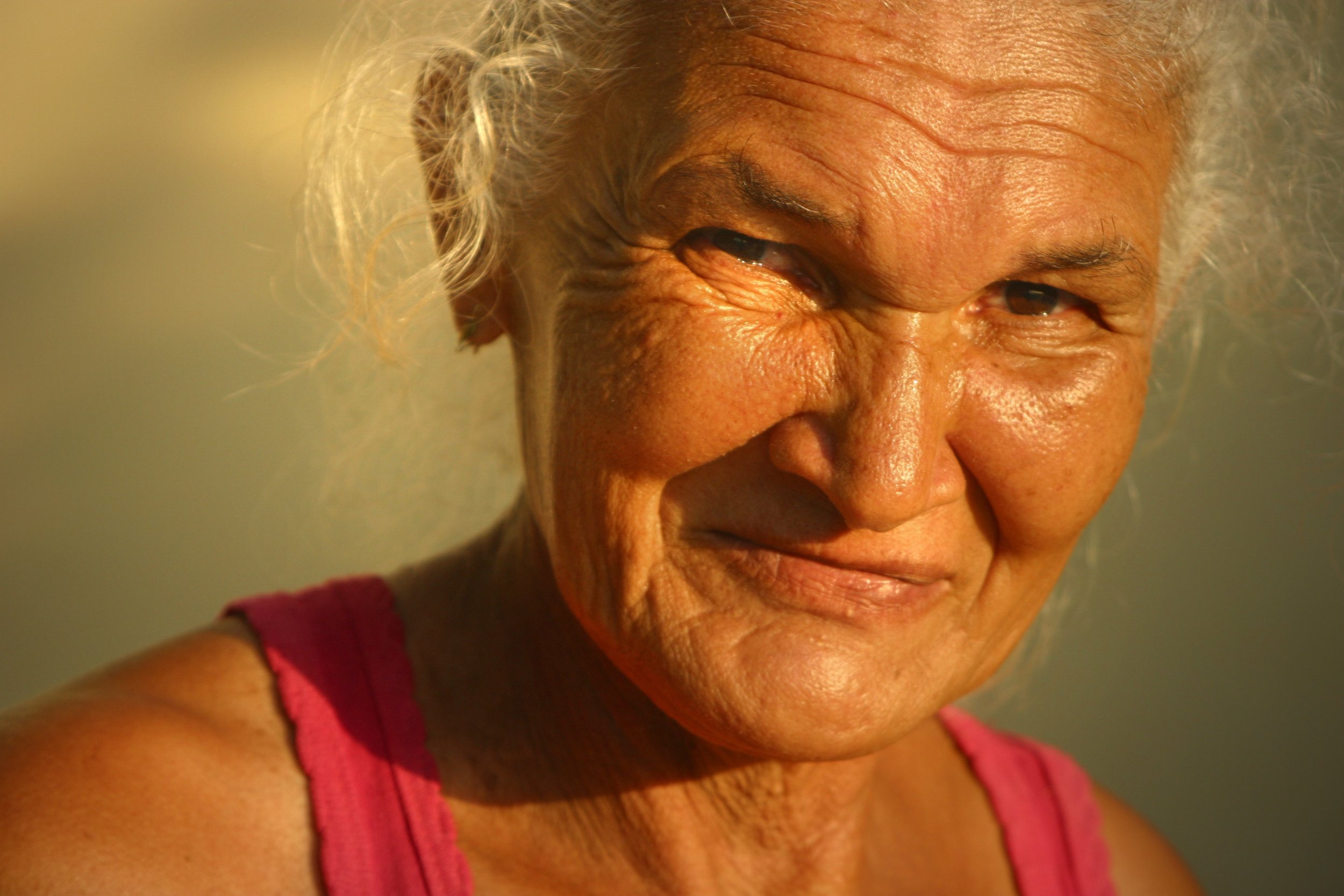The Ayurveda Center | Discover Your Doshas
“Your task is not to seek for love, but merely to seek and find all the barriers within yourself that you have built against it.”
What is my Dosha type? How do they relate to my health and overall well being?
Ayurveda includes five elements
Earth, Space (ether), Air, Water, Fire
Three forces are fundamental to the concept of Ayurveda. These are the Vata, Pitta, and Kapha. They are also known as a dosha. They are thought to circulate through the body and control a person’s physiological operations. These doshas can also affect an individual’s temperament and personality. These energies actively change in response to a person’s thoughts, actions, food, and environmental factors such as the seasons. Identifying a person’s dosha composition will enable him or her to take measures that will bring their state to balance.
VATTA
Element
Air + Ether
Qualities
Dry, Light, Cold, Rough, Subtle, Mobile, Clear
Primary Function
Movement and Communication
Colours
Green and Yellow colours help to balance Vata
Vata is mobile and dynamic, and regulates
the central nervous system
“Vata embodies the energy of movement and is therefore often associated with wind (and the air element). Vata is linked to creativity and flexibility; it governs all movement—the flow of the breath, the pulsation of the heart, all muscle contractions, tissue movements, cellular mobility—and communication throughout the mind and the nervous system.”
PITTA
Element
Fire + Water
Qualities
Hot, Sharp, Light, Liquid, Spreading, Oily
Primary Function
Digestion and Transformation
Colours
Blue and Green colours calm the effect on the fire
Ptta embodies the transformative nature of Fire energy
“Pitta represents the energy of transformation and is therefore closely aligned with the fire element. But in living organisms, pitta is largely liquid, which is why water is its secondary element. Pitta is neither mobile nor stable, but spreads—much as the warmth of a fire permeates its surroundings, or as water flows in the direction dictated by the terrain. Pitta is closely related to intelligence, understanding, and the digestion of foods, thoughts, emotions, and experiences; it governs nutrition and metabolism, body temperature, and the light of understanding.”
KAPHA
Element
Water + Earth
Qualities
Heavy, Slow, Cool, Oily, Smooth, Dense,
Soft, Stable, Gross, Cloudy (Sticky)
Primary Function
Cohesiveness, Structure, and Lubrication
Colours
Red and Violet, colors stimulate the Kapha to shake off lethargy
Kapha reflects the binding nature of Water energy
“Kapha lends structure, solidity, and cohesiveness to all things, and is therefore associated primarily with the earth and water elements. Kapha also embodies the watery energies of love and compassion. This dosha hydrates all cells and systems, lubricates the joints, moisturizes the skin, maintains immunity, and protects the tissues.”
Ayurveda seeks to maintain the balance of the dosha. Optimum health is claimed to be achieved when these dosha are in perfect harmony with each other. In contrast, negative health status is said to be a result of an imbalance among the dosha. An Ayurvedic practitioner can customize remedies and therapies to heal a person according to his or her needs and bring the dosha into balance.
“If we understand ourselves better, then we will also understand more about other people and the world around us.”
Everyone loves massages, but few of us get them nearly enough. However, you can receive all the benefits of a massage – plus more – without spending a dime on a masseuse. How, you may be wondering? Abhyanga self-oil massage. Abhyanga comes from Ayurveda, the world’s oldest health system and sister science of yoga, focused on mind-body balance. Want to learn more about what Abhyanga is and it’s benefits? Book for 101 consultation with us.
What Is My Ayurvedic Body Type ? And Why Do Body Types Matter?
This is a short quiz to help you determine your Ayurvedic body type or Prakriti (your body’s natural state of being). Keep in mind that this is a mini version of the questions that you would be answering during a consultation. It is just to provide you with an idea of what your Ayurvedic body type may be. In order to fully understand your body constitution, book a consultation where we can get a much more accurate picture of your natural state.
Learn about our carefully picked new line of Prajna Organic Ayurvedic Balance Teas, and for tips on how to stay balanced, while incorporating Ayurveda into your everyday life!
Important note: Before drinking any type of tea for medicinal purposes - including Ayurvedic blends - always consult your healthcare provider.
Want to learn how to brew a perfect cup of Tea?
Visit our Wellness centre for 101 consultation or book our cooking classes to learn tips on how to brew Ayurvedic Teas?













